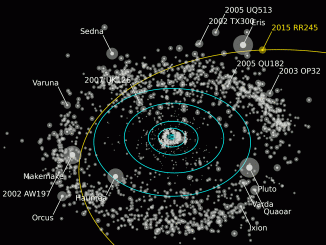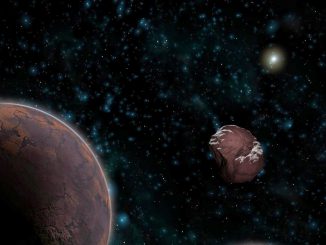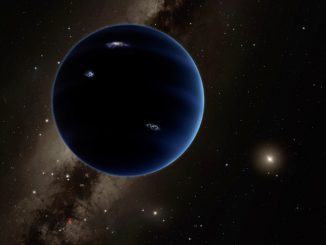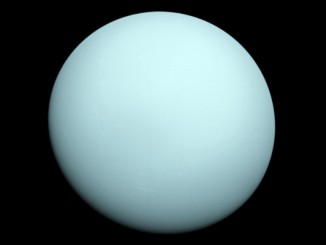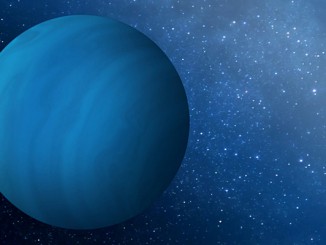
Let the Moon be your guide to finding Neptune on 23 July
Outermost planet Neptune reaches opposition on 2 September 2016, this year marking the 170th anniversary of the gas giant’s discovery. But you don’t have to wait six week to observe the farthest known planet of the solar system, because the waning gibbous Moon drops close by in the small hours of Saturday, 23 July as seen from the British Isles.

